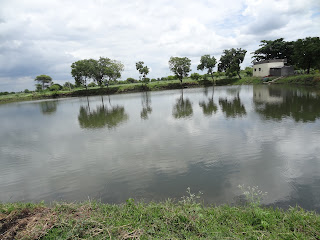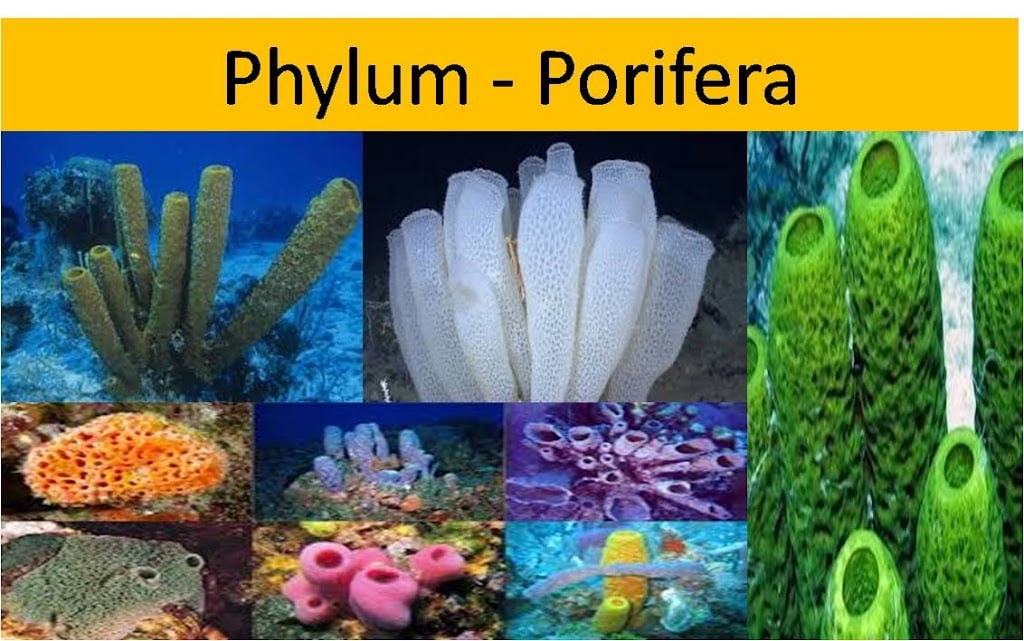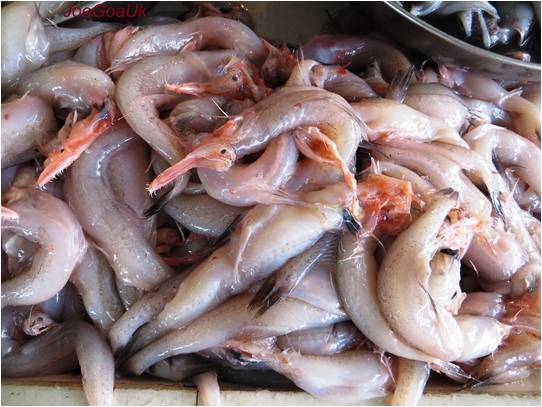Bombay duck Fishery (Harpadon nehereus): The Bombay duck, Harpadon nehereus belonging to the family- Harpadontidae. It is represented only the single species. It is very famous commercial fishery restricted along Gujarat and Maharashtra coast, it also rarely available in northeast coasts of India. It has a prominent influence on the livelihood of men and women engaged in this labour intensive sector in Maharashtra and Gujarat. Bombay duck is a chief fishery on the west coast of India from Ratnagiri in the south to Jaffrabad at north in the Gulf of Cambay. On the east coast, it is in small numbers north of Chennai and along the Andhra coast. However, there is an important fishery exists in the estuaries of the rivers in Orissa and West Bengal.
Scientific classification
Kingdom: Animalia
Phylum: Chordata
Class: Actinopterygii
Order: Aulopiformes
Family: Synodontidae
Genus: Harpadon
Species: H. nehereus
Bombay duck Fishery
Bombay duck (Harpodon nehereus) is a fish that is found in the coastal waters of the Arabian Sea and the Bay of Bengal. It is an important food fish in India and other countries in the region.
Harpadon nehereus (Hamilton, 1822)
- Harpadon nehereus commonly called as Bombay duck fishery also known as lizardfish.
- It is resident to the waters of Mumbai (formerly Bombay) and Kutch in the Arabian Sea and a small number it also found in the Bay of Bengal.
- Large numbers of Bombay suck are also caught in the China Sea.
- The Bombay duck fisheries constitutes of 2-7% of total marine catch.
- It is a well known commercial fish from west and east coast of India, but over 90% of the total catch is landed from Mumbai coast alone.
- The discontinuous distribution may be related to several factors, like the aeration in salinity along the coastline, surface temperature of the sea and the availability of choice food to the fish.
- It is a shoaling fish swimming near the surface and is very common at Mumbai.
- It attains a length of 33-35 cm.
- It is carnivorous and feeds chiefly on prawns and shrimps.
- Body is long but compressed.
- The head is thick and has a short snout.
- Cleft of the mouth is wide.
- The scales are small and hardly visible to the naked eyes.
- Along the head, back and sides, the fish is semi-transparent with minute black or brown dots.
- The abdomen is silvery. It breeds throughout the year with two peaks of spawning periods.
- The spawning ground seems to lie in offshore waters, since eggs and larvae are never found in the inshore waters.
- It is also a migratory fish, disappears from the shore during February to March and reappears again in big shoals on October.
 |
| Harpadon nehereus |
Commercial use of Mumbai duck
- Mumbai duck formerly known as Bombay duck is regarded as an excellent food fish and is taken fresh or salted.
- A small portion about 20% of the catch is marketed and consumed in fresh condition.
- The fish is frequently dried and salted before it is consumed. These dried fish foods are used by poor people and easily available into market.
- The fish drying into sunlight without remove of gut content hence, the odour of the fish is extremely powerful, and then it is transported in airtight containers.
- During the British policy, the fish was regularly transported by rail after drying. This story was very popular to goes that the train compartments of the Bombay Dak or Bombay Mail would smell of the fish, as a result, that peoples are very familiar to the peculiar smell as the Bombay Dak or Bombay Mail.
- Bombay duck are very popular as “Bombil” in Indian local market.
 |
| Bombil |
Fishing of Mumbai duck:
The gears mostly used the bag nets called the ‘Dol’, operated to a distance of 4 to 5 km from the shore. Bombay duck is typically caught using gillnets, which are nets that hang vertically in the water. The fish are caught when they swim into the net and their gills get caught in the mesh.








